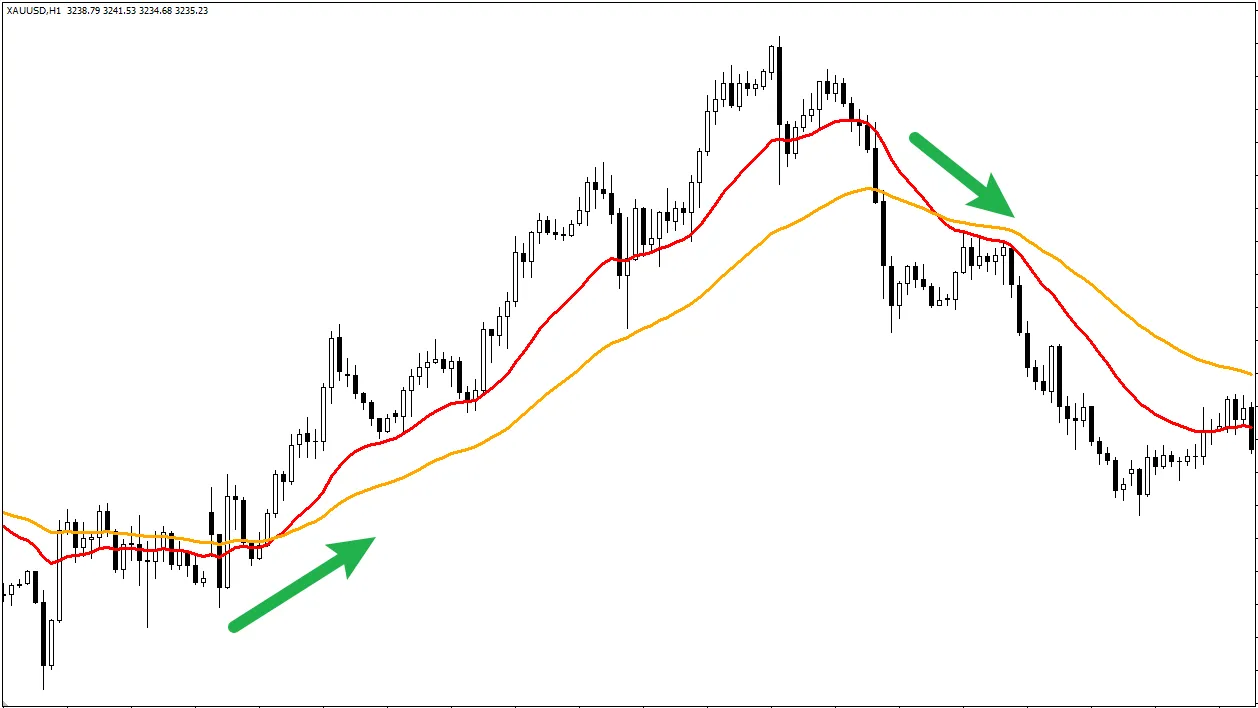What is Forex Terminology and Why is it Important?
Forex terminology refers to the common professional vocabulary used in the market to describe price changes, trading volume, risk management, and market dynamics. Familiarity with these terms directly affects a trader's understanding of the market and response speed. In the forex market, a delay of just a few seconds can lead to significant losses, making it crucial to master these terms.
Top Ten Core Forex Terminology Explained
-
pip: The precise unit in the forex market
A pip is the smallest unit of measurement for price movement in currency pairs. In most currency pairs, a pip refers to the change in the fourth decimal place. For example, a change from 1.2345 to 1.2346 is 1 pip. In trading, pips are the basis for calculating profit and loss.
Application:- Understand the precise calculation of trading profits.
- Quickly assess market volatility.
-
Lot: The standard for measuring trading volume
The standard unit for forex trading is "lot." One standard lot equals 100,000 units of the base currency. For traders with less capital, mini lot (10,000 units) or micro lot (1,000 units) are also common choices.
Application:- Adjust trading volume to align with capital management principles.
- Set leverage ratios suitable for your capital amount.
-
spread: The hidden cost of trading
The spread refers to the difference between the buying price and the selling price, and it is one of the main costs that traders pay to brokers. Currency pairs with low spreads (such as EUR/USD) are more attractive to beginners and short-term traders.
Application:- Choose brokers with low spreads to reduce costs.
- Calculate the actual profit and loss of trades.
-
leverage: Control large positions with small capital
Leverage allows traders to use a small amount of capital to amplify their trading volume. For example, a leverage ratio of 1: 100 means you only need $1 of capital to control a $100 position. However, leverage is a double-edged sword, as it amplifies both profits and losses.
Application:- Operate cautiously in high leverage markets to avoid overtrading.
- Select appropriate leverage ratios to balance risk and return.
-
Long and Short: The core of trading direction
Long refers to buying a currency pair, expecting the price to rise; Short refers to selling a currency pair, expecting the price to fall. These two terms are the foundation of all trading strategies.
Application:- Accurately judge market trends to formulate buy or sell strategies.
- Select trading directions based on economic data.
-
Volatility: Opportunities and risks coexist
Volatility describes the degree of price change in the market. A highly volatile market can provide traders with more profit opportunities but also comes with greater risks.
Application:- Adapt trading strategies to different levels of volatility.
- Seize short-term opportunities in highly volatile markets.
-
Stop-Loss Order: Insurance against significant losses
A stop-loss order is an automatic closing instruction used to limit losses when the market price reaches a set minimum level. This is an essential tool for every successful trader.
Application:- Set stop-loss orders in every trade to control risk.
- Adjust stop-loss distance based on market volatility.
-
Cross Currency Pair: Options beyond the dollar
Cross currency pairs are currency pairs that do not include the dollar, such as EUR/GBP or AUD/JPY. These pairs typically reflect the economic dynamics between the related countries.
Application:- Diversify investments to reduce dollar-related risks.
- Select highly volatile cross currency pairs to enhance potential returns.
-
Market Sentiment: Understanding market psychology
Market sentiment reflects traders' expectations of future market trends. Sentiment analysis is a method that complements technical and fundamental analysis.
Application:- Use market sentiment indicators to capture trend reversal points.
- Select contrarian trading strategies during extreme sentiment.
-
Limit and Stop Orders: Effective assistants for automated trading
Limit orders allow traders to execute trades at ideal prices, while stop orders are used to limit losses. The combination of these two can enhance trading efficiency.
Application:- Automate trading processes to reduce emotional interference.
- Ensure execution of plans during price volatility.
How to Use Forex Terminology to Improve Trading Efficiency
- Master basic terminology: This is the first step to understanding the market.
- Learn to combine practical trading applications: Integrate terminology with actual operations to enhance trading skills.
- Regularly review and learn: After applying terminology in trading, identify areas for improvement through review.
Conclusion: Build Your Foundation of Forex Knowledge
Forex margin trading is a highly specialized skill, and familiarity with and application of terminology is key to getting started. Whether you are just beginning to learn or have been trading for a while, a deep understanding of these terms can help you stand out in the market. Start mastering these forex terms to elevate your trading skills to the next level!If you found this article helpful, feel free to share it with your friends.
Let more people learn about Forex trading knowledge together!
Let more people learn about Forex trading knowledge together!





